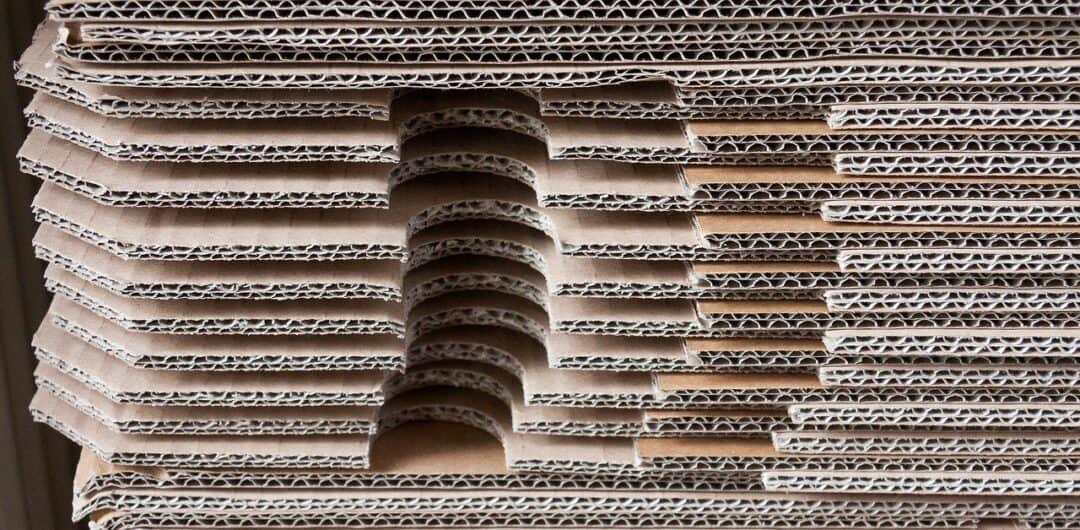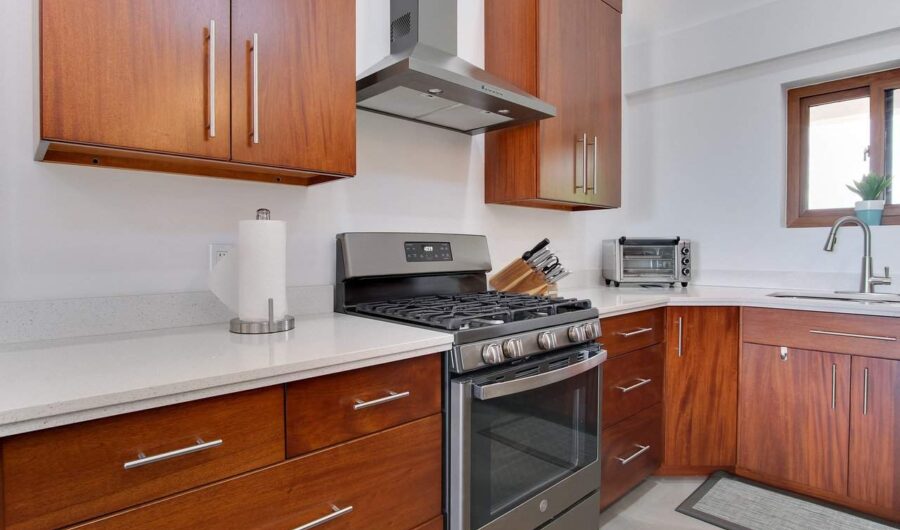Packing for a local move is one thing; you can always make a few extra trips if you forget something or pack it poorly. But when you’re moving hundreds or even thousands of miles away, there’s no quick fix for mistakes. Every box, bag, and piece of furniture has to be carefully prepared to survive the journey. That means more time, better materials, and a strategic approach to ensure your belongings arrive safe and intact.
Long-distance moves also come with added stress. You’re not just relocating your things. You’re uprooting your life. With so many moving parts, it’s easy to feel overwhelmed. The good news is that with the right packing hacks and a little planning, you can make the process smoother, faster, and far less stressful. And while these tips will help you handle much of the work yourself, knowing when to call in professional help can make all the difference.
1. Start Early and Consider Professional Support

One of the biggest mistakes people make when moving long distances is waiting too long to start packing. Giving yourself a few weeks or even a couple of months lets you go through your belongings, decide what to keep, and pack carefully without feeling rushed. This extra time also allows you to tackle tricky items like fragile décor, electronics, and oversized furniture without panic.
If you want to take some of the load off your shoulders, consider employing reliable long distance moving services that can handle everything from packing to transportation. Experienced movers have the tools, packing supplies, and expertise to keep your items safe on the road, reducing the risk of damage and saving you from the heavy lifting. They can also help with unpacking, which makes settling into your new home much easier.
2. Declutter Before You Pack

Moving is the perfect time to get rid of things you no longer need. The less you take with you, the less you have to pack, move, and unpack, and the lower your moving costs will be. Start by sorting your belongings into four categories: keep, donate, sell, or toss. Be honest about what you really use and need. If it’s been sitting in a closet for years, you probably won’t miss it.
Donating or selling items not only lightens your load but can also give you a little extra cash or help someone in need. And fewer boxes means more space in the moving truck for the things that truly matter to you.
3. Use High-Quality Packing Materials

When your items are traveling hundreds or thousands of miles, they need more protection than they would for a short move. Invest in sturdy boxes, heavy-duty packing tape, bubble wrap, and packing paper. Weak boxes can collapse under the weight of other items during the move, leading to damage.
Consider specialty boxes for fragile items like dishes, glasses, and electronics. These are designed with extra padding or dividers to keep things from shifting around in transit. While it may be tempting to use whatever boxes you can find for free, using the right materials can save you from costly replacements later.
4. Label and Color-Code Your Boxes

When you’re unpacking in a new home, the last thing you want is to dig through every box to find your coffee maker or phone charger. Labeling boxes clearly, both with the contents and the room they belong in, makes unpacking much faster.
To make organization easier, try a color-coding system by assigning a specific color to each room and labeling the boxes with matching tape or stickers. This way, movers know exactly where to place each box, and you can immediately start unpacking the most important areas.
5. Protect Fragile Items Like a Pro

Fragile items need extra care for long-distance moves. Wrap dishes individually in packing paper or bubble wrap and place them vertically in boxes. Glassware can be wrapped and padded with soft materials like socks or towels to save on packing supplies. For especially delicate items, consider double-boxing, placing the wrapped item in a small box and then putting that box inside a larger one with more padding.
Always fill any empty spaces in boxes with crumpled paper or bubble wrap to prevent items from shifting. And remember, “Fragile” labels aren’t just for show; make sure they’re visible on all sides of the box so movers handle them with care.
6. Keep Essentials Accessible

Once the moving truck is on its way, you won’t have access to most of your belongings until you arrive at your new home. That’s why it’s important to pack an “essentials” box or suitcase with items you’ll need right away. Include toiletries, medications, a change of clothes, basic kitchen supplies, phone chargers, and important documents.
Having these essentials on hand can save you from rummaging through boxes late at night after a long day of travel. It also helps if your belongings are delayed for any reason, giving you what you need to get through the first couple of days comfortably.
7. Pack Smart for Heavy and Light Items

Overpacking large boxes with heavy items like books is a recipe for back strain and box breakage. Use smaller boxes for heavy things and larger boxes for lightweight items like linens and clothing. Place heavier items at the bottom of each box and lighter items on top to avoid crushing them.
Distribute weight evenly in each box so they’re easier to carry and less likely to topple over in transit. Following these guidelines makes packing safer for you and your movers and keeps your belongings in better condition.
8. Protect Furniture and Large Items

Furniture can take a beating during a long-distance move, so it’s worth taking the time to protect it properly. Disassemble larger pieces like bed frames, tables, and bookshelves when possible. Wrap each piece in moving blankets or shrink wrap to prevent scratches and dents.
Don’t forget to keep small parts like screws, bolts, and handles in clearly labeled bags, and tape them to the furniture they belong to. This simple step makes reassembly at your new home much quicker.
9. Prepare Appliances for the Move

Large appliances like refrigerators, washing machines, and ovens need special attention before a move. Unplug them, clean them thoroughly, and secure any loose parts. Tape doors shut to prevent them from swinging open in transit, and wrap cords so they don’t get tangled or damaged.
If you’re moving a fridge, defrost it at least 24 hours in advance to avoid leaks. Taking care of these details ensures your appliances arrive ready to use without unpleasant surprises.
Long-distance moves can be challenging, but they don’t have to be chaotic. By starting early, using quality packing materials, and following these proven hacks, you can protect your belongings and make the process far less stressful. And if you decide to bring in professional movers, you’ll have peace of mind knowing your possessions are in capable hands.
With the right approach, your long-distance move can be more than just a big transition. It can be the start of an exciting new chapter without the headaches of a poorly planned packing process.
